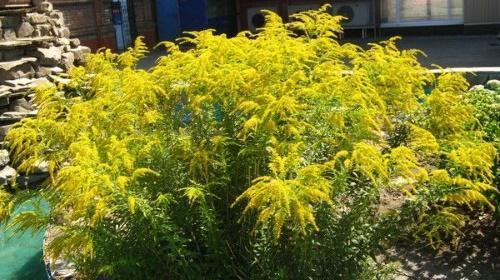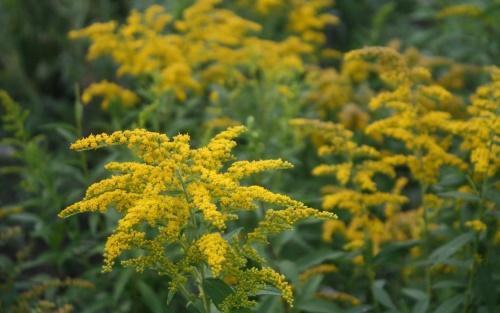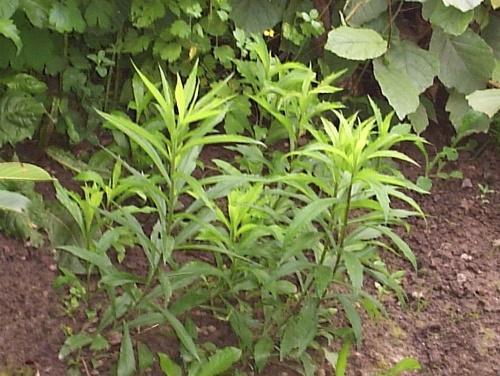Josephine goldenrod - compact perennial for low hedges
 A herbaceous perennial called goldenrod is better known as a medicinal plant and is widely used in folk medicine. However, there are also varieties among its varieties that are valued for their highly decorative appearance due to the beautiful shape of the bush and long flowering. One of these types is Josephine's goldenrod - it does not possess medicinal properties, but it is able to turn a summer cottage into a real landscape masterpiece.
A herbaceous perennial called goldenrod is better known as a medicinal plant and is widely used in folk medicine. However, there are also varieties among its varieties that are valued for their highly decorative appearance due to the beautiful shape of the bush and long flowering. One of these types is Josephine's goldenrod - it does not possess medicinal properties, but it is able to turn a summer cottage into a real landscape masterpiece.
Description of the plant
Josephine, like all other species of goldenrod, is a perennial. This is one of the most compact varieties: the height of an adult bush does not exceed 70 cm, while the erect stems form a dense dense crown. Elongated green leaves are located in the next order on the shoots. With the arrival of summer, the entire bush is covered with large inflorescences, consisting of small, but very bright, rich yellow flowers.
The small size, dense crown, and long and abundant flowering make Josephine goldenrod ideal for creating low hedges.
Growing features
Goldenrod is a very unpretentious plant and can grow even in partial shade. But in order for the bushes to grow actively, it is better to give them a bright place on the site.
In partial shade, the growth rate of the perennial slows down, and flowering occurs later.
The plant prefers fertile and light soil, but it can also adapt to heavy soil. Poor soil requires the introduction of organic matter and mineral complexes, but it is important not to overdo it, since an excess of fertilizer reduces the quality of flowering and the bush drives the deciduous mass.
Josephine winters well in the open field and does not need additional shelter for the winter.
Goldenrod It reproduces quickly by self-seeding, so it is important to cut off the faded inflorescences, otherwise, soon the culture will not only go beyond the area allotted to it, but may also begin to displace other flowers. It is good to carry out controlled reproduction with the help of cuttings and cuttings of the root system, as well as spring sowing of the collected seeds.